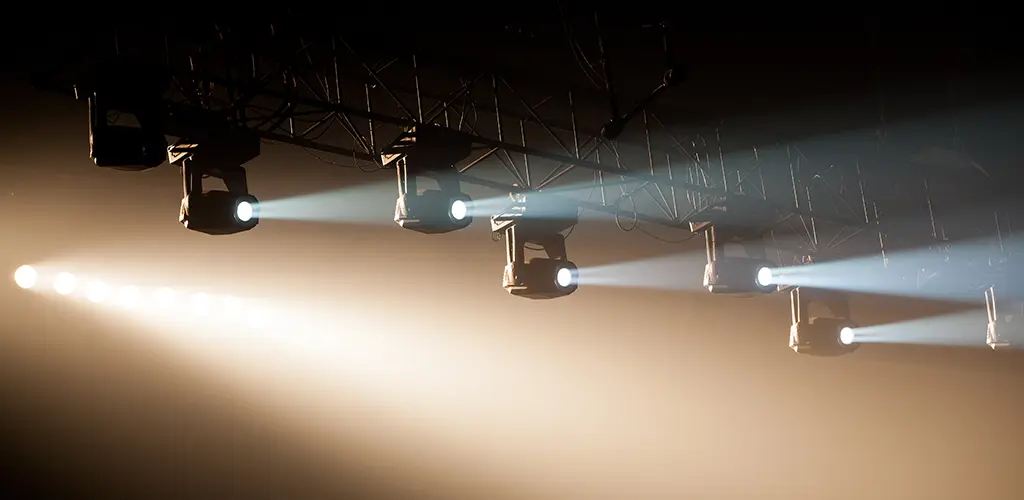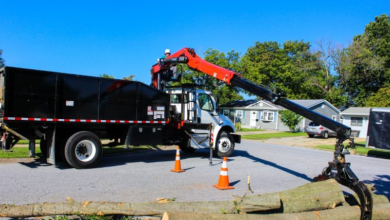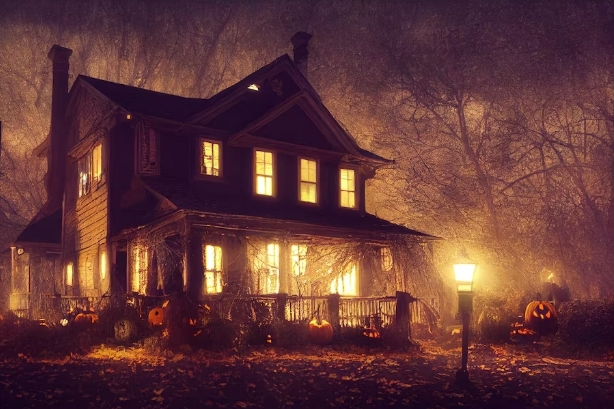Everything to Know About Spiral Staircase

A spiral staircase is a unique and visually appealing architectural element that consists of a series of steps or treads arranged in a circular or helical pattern, typically around a central support column. These staircases have been used for centuries and are renowned for their space-saving design and aesthetic appeal. Here is everything you need to know about spiral staircases:
- History: Spiral staircases have a long history dating back to ancient times. They were used in various cultures, including Roman and medieval European architecture. Their design has evolved over the centuries, from rudimentary stone structures to more intricate and decorative designs.
- Space Efficiency: One of the primary advantages of spiral staircases is their space-saving design. Because they spiral around a central column, they take up less horizontal space compared to traditional straight staircases. This makes them ideal for small or compact spaces.
- Materials: Spiral staircases can be constructed using a variety of materials, including wood, metal, glass, and even concrete. The choice of material depends on factors such as aesthetics, budget, and structural requirements.
- Design Variations:
- Single Spiral: A single spiral staircase consists of one continuous spiral that connects the bottom and top landings.
- Double Spiral: This design features two intertwined spirals, typically going in opposite directions.
- Helical Staircase: While similar in appearance to spiral staircases, helical staircases have a smoother curve and do not have a central column.
- Open vs. Closed: Spiral staircases can be open, with a gap between each step, or closed, where the steps are connected, providing more stability.
- Safety: Spiral staircases can be steeper than traditional stairs, which can make them less safe, especially for young children or elderly individuals. Building codes and regulations often dictate minimum tread width, riser height, and handrail requirements to ensure safety.
- Usage: Spiral staircases are commonly used in residential settings for access to lofts, mezzanines, or rooftop decks. They are also found in commercial and public spaces, such as museums, libraries, and historical buildings.
- Maintenance: Maintenance requirements for spiral staircases depend on the materials used. Wood may require regular sealing or painting, while metal may need occasional rust prevention treatments. Regular inspections are essential to ensure safety.
- Customization: Spiral staircases can be customized to suit your specific needs and design preferences. You can choose the material, finish, color, and design details to match the overall aesthetic of your space.
- Cost: The cost of a spiral staircase varies widely depending on factors like material choice, design complexity, and size. Metal spiral staircases are often more affordable than custom wooden ones, for example.
- Installation: Installing a spiral staircase can be more complex than a traditional staircase due to the need for precise measurements and alignment. It’s often recommended to hire a professional for installation.
- Aesthetics: Spiral staircases are often chosen for their aesthetic appeal. They can be a focal point in a room, adding a touch of elegance and sophistication to the space.
- Legal Considerations: Building codes and regulations vary by location, so it’s essential to check with your local authorities to ensure compliance when installing a spiral staircase.
Spiral staircases offer a blend of functionality and aesthetics, making them a popular choice in various architectural designs. Whether you want to save space, add a unique design element to your home, or create a striking focal point in a public building, spiral staircases are worth considering.



